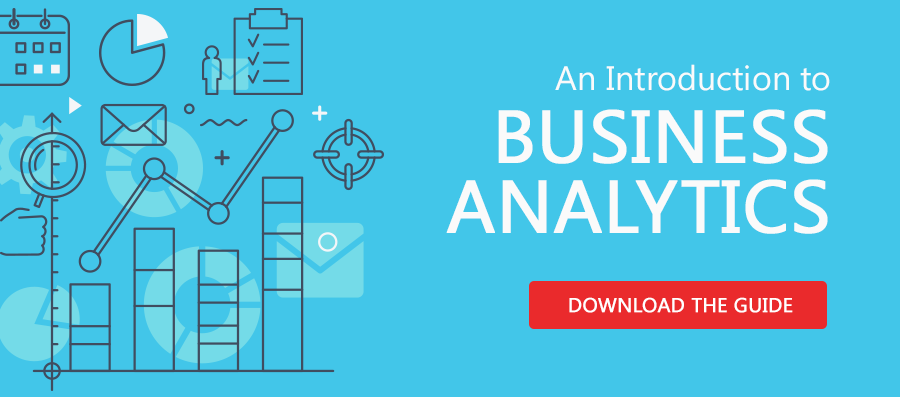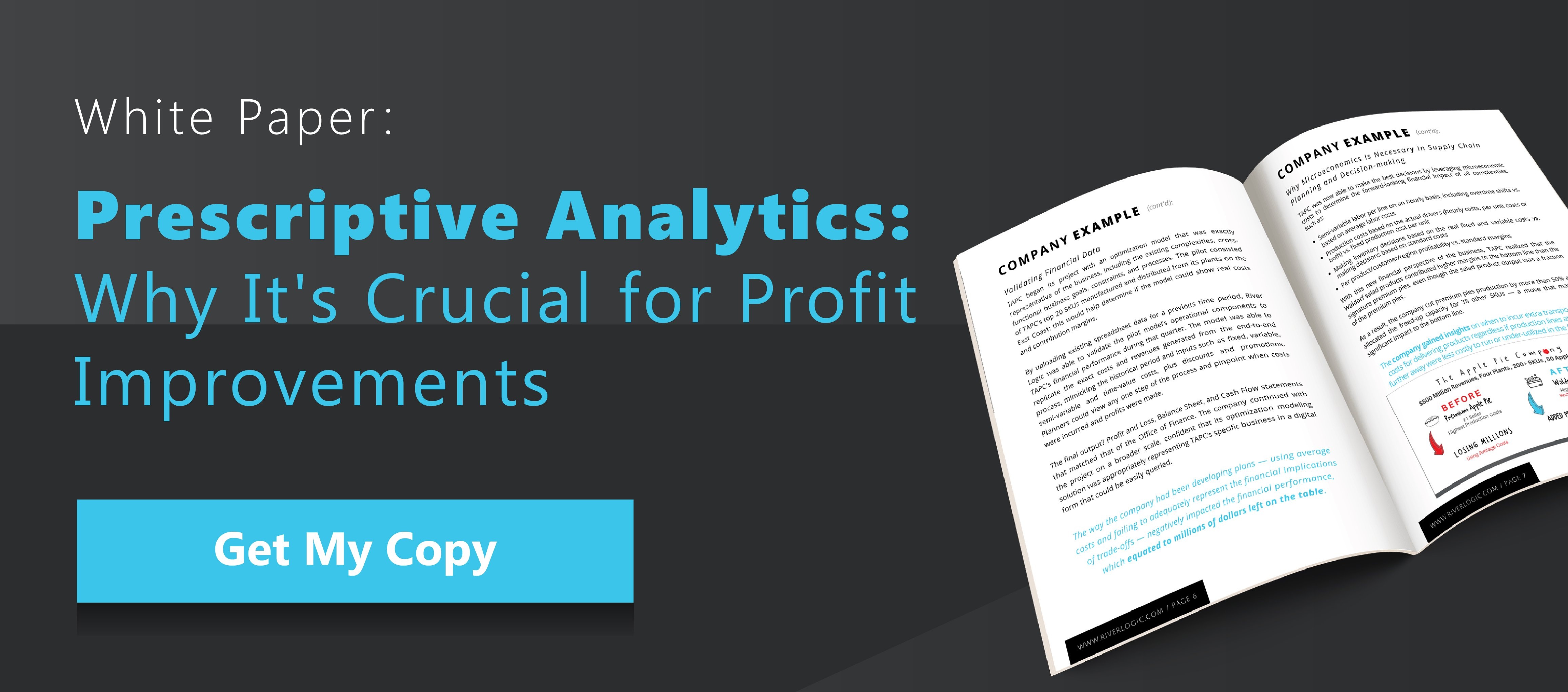The primary purpose of predictive analytics is to identify, with a high degree of probability, what will happen in the future. This separates predictive analytics from descriptive analytics, which helps analysts understand what has already happened, and prescriptive analytics, which uses optimization software to determine the best decisions to deal with the trends revealed by predictive analytics.
What Is Predictive Analytics?
The term predictive analytics applies to a range of advanced analytical techniques that analyze data to determine the likelihood of certain events taking place. For example, in a macro sense, predictive analytics can be used to determine future population trends. Conversely, it can also be used in the micro sense to determine the credit risk of an individual home loan applicant.
Using advanced statistical techniques, predictive analytics calculates the probability of a particular event taking place. In the example of population trends above, the analyst could access available historical population data to establish the probability of growth in a particular city or metropolitan area.
The reliability of predictions depends largely on the predictive analytics model chosen and the quality of the data used. There are many different forms of predictive analysis, and it’s important to choose one suited to the problem at hand.
Predictive Analytics Techniques
Predictive analytics techniques can be broken up into three specific areas:
- Data preparation
- Analytical techniques
- Assumptions
Although organizations may have access to a great deal of data, much is unstructured and must be prepared so it can be processed. This includes cleaning up data to remove incorrect and garbled information as well as organizing the data in an appropriate format.
The most commonly used analytical techniques include regression analysis and machine learning. With regression analysis, analysts try to determine which of several independent variables are statistically correlated to an event. Machine learning takes this a step further in that it uses various forms of decision-making techniques, such as neural networks, Naïve Bayes conditional probability rules and geospatial modeling to depict complex relationships.
All analyses are based on certain assumptions that need to be relevant and correct. For example, some may deal with how people behave, and this will change over time. The importance of confirming that assumptions are correct cannot be overstated. History has many examples, such as the 2008 financial crisis and the last presidential elections where critical assumptions were incorrect, leading to wrong predictions.

Developing Predictive Analytics Models
As powerful as predictive analytics is, developing a model takes time and a degree of care. The first step is that executive buy-in to the concept is obtained. This is closely followed by appointing a capable internal team that has an adequate degree of advanced analytics knowledge and experience, possibly with support from an external vendor. At this point, it’s crucial to precisely define the objective of the program and specify exactly what information the model should determine.
The next step is to prepare the data, also known as data mining. This includes identifying what data is needed, cleaning it, and storing the data in a usable form in an integrated data warehouse. Data preparation accounts for a significant percentage of the overall work. The next phase includes performing a statistical analysis to validate assumptions followed by preparation of a predictive model. A crucial aspect is model validation, which uses historical data with known outcomes to check and calibrate the model. This may entail the need to investigate alternative analytical techniques to establish a model that closely correlates with historical data.
Once the model’s integrity has been established, it is deployed and used to guide managerial decisions. Periodically, it’s essential to review model performance to ensure assumptions are still valid and that the model continues to provide credible predictions.
The Analytics Hierarchy
A key aspect of appreciating predictive analytics is understanding where predictive analytics fits into the hierarchy of data analytics. Data analytics can be defined as the process of analyzing data to determine meaningful trends and metrics so managers can use that information to manage and optimize performance.
The simplest form of analytics is descriptive analytics, which measures historical performance indicators such as sales and margins. The next type of analytics is diagnostic analytics, which analyzes reasons for past performance. These analytics measure past performance, while predictive analytics is used to determine future metrics, such as the probability of increasing sales.
Although descriptive and diagnostic information is important, as is knowing what’s likely to happen in the future, what’s missing is the answer to the question, “What should I do?” This is where prescriptive analytics fits in. Using information derived from descriptive, diagnostic and predictive analytics, prescriptive analytics determines which of a range of decisions is the best in terms of achieving specific organizational goals, such as how to increase sales.
Who’s Using Predictive Analytics
Many organizations are using predictive analytics to enhance their business and reduce risk, and here are some typical predictive analytics examples:
- Retailers use analytics to understand customer preferences and implement strategies to encourage customer retention, increase sales and satisfy customers.
- Medical specialists use predictive analytics to determine patients who are at risk of developing diseases such as diabetes and asthma.
- Banks use analytics to evaluate credit risk to determine whether to extend or withdraw credit.
- Insurance companies use analytics to determine long-term insurance risks.
- Airlines use predictive analytics to determine aircraft maintenance requirements.
- Utilities vary electricity prices depending on demand forecasts.
- Manufacturers use predictive analytics to monitor supplier performance, predict maintenance requirements and optimize production capacity.
Benefits of Predictive Analytics
Businesses invested in predictive analytics report significant benefits. For example, Gartner reports that a significant percentage of organizations that invest in supply chain analytics achieve a high return on their investment. Some specific benefits reported include:
- Businesses gain a competitive advantage by analyzing internal data to better understand customer needs and behavior.
- Companies reduce costs by better understanding future demand and adjusting production and inventory accordingly.
- Banks and other financial institutions reduce fraud through predicting suspicious behavior.
- Retail outlets increase turnover through accurately predicting customer preferences and offering customer-specific services and products.
- All reduce risk through a better understanding of their business environment and those factors that could potentially impact the organization’s profitability.
Some Limitations of Predictive Analytics and Why Prescriptive Analytics Is Important
While predictive analytics offers many benefits, it’s important to appreciate the limitations of this technique. Possibly the most significant drawback is that predictive analytics tools can’t inform managers of the right decisions; they only alert them to the fact that decisions are needed. While in some instances decisions may be obvious, in many others they aren’t. The benefits of predictive analytics can be easily negated by poor decision-making based on gut feel. In such situations, a prescriptive analytics solution may be a better answer because of its ability to determine the best decision in any circumstance.
Other limitations of predictive analytics include the risk of poor design and validation of models, which can result in incorrect predictions and financial loss. This is particularly a concern expressed by Deloitte over what the company terms industrialized analytics, which may not be fit for purpose nor correctly reflect the organization’s environment.
This can be avoided by careful project specification and model design. It’s vital to have the right people on the team. If your organization doesn’t have people with the right predictive analytical design skills, consider working with a trusted vendor with the appropriate skills and experience. In such instances, make certain that, over a period time, you bring these skills in-house.
In any event, it’s essential you develop the in-house capability to revise and update models and avoid the black box syndrome where no one has a clue how the model works. While this is often an issue with hard-coded solutions, it’s less of a problem with newer predictive and prescriptive analytics solutions that have an intuitive programming interface.




